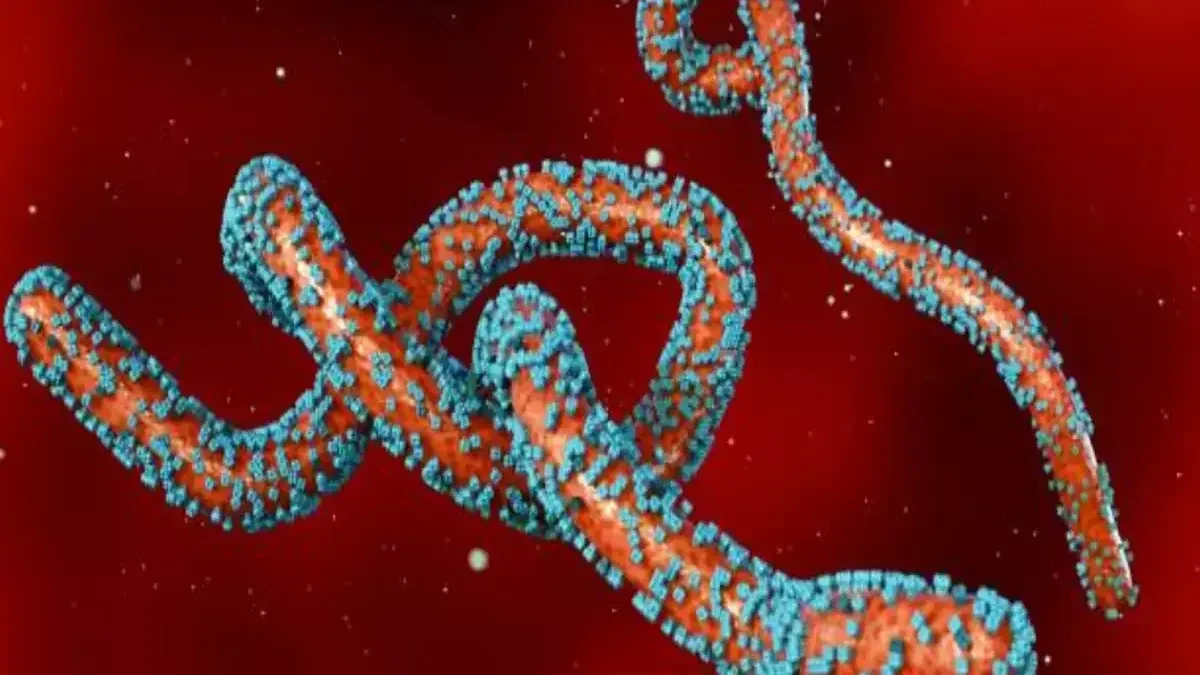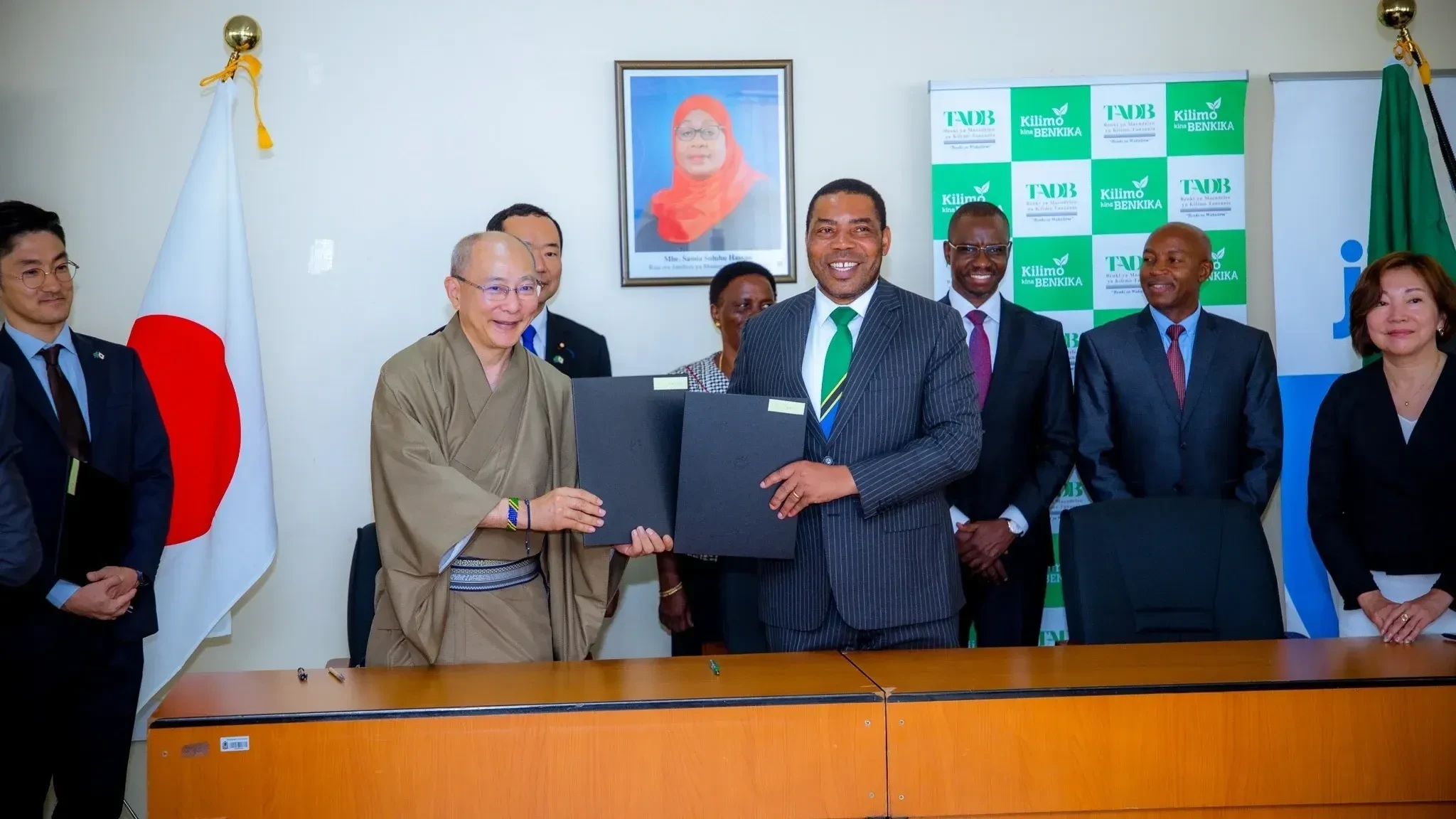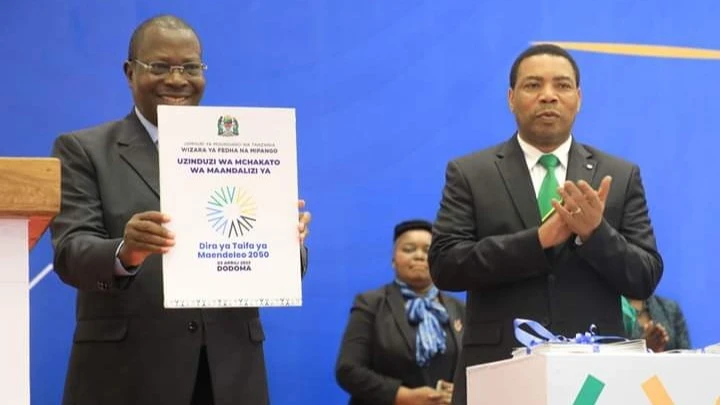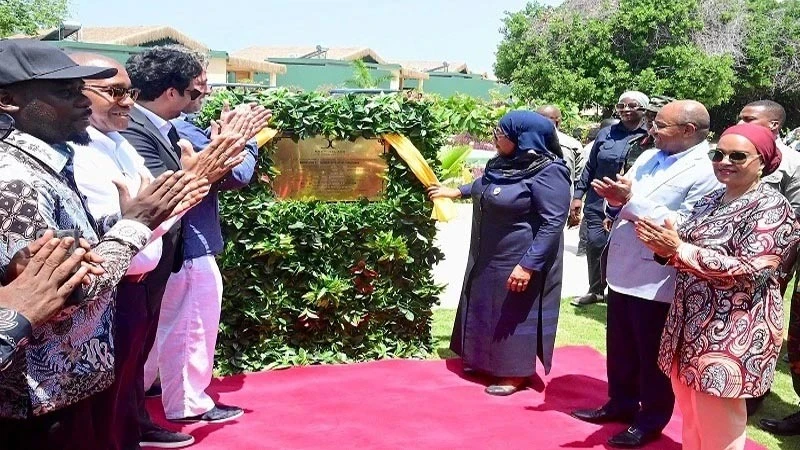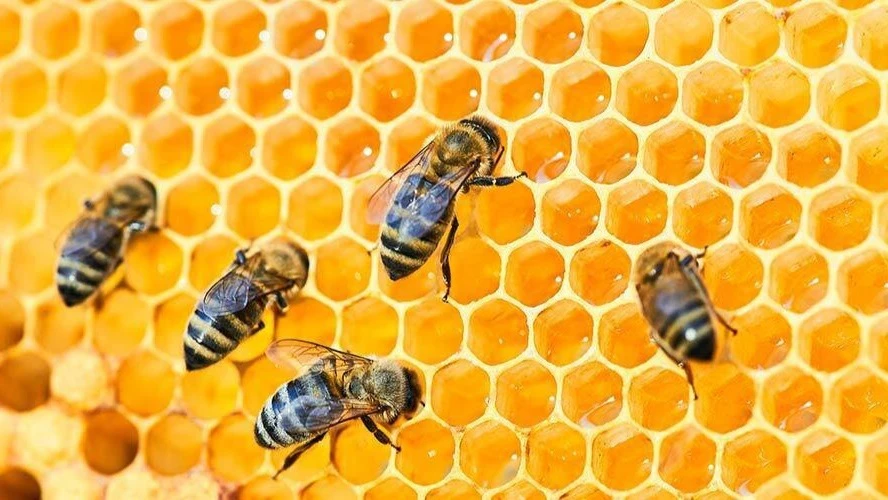How Africa can learn from China in food security is surely a jigsaw
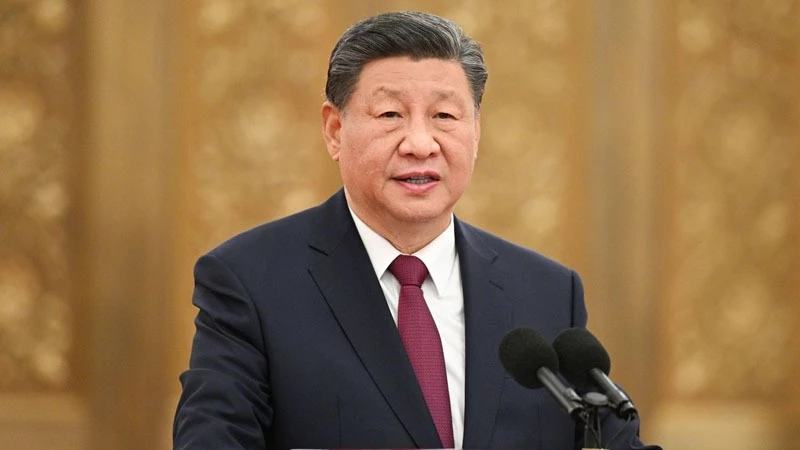
CHINA is one among countries that have traditionally been interested in applying particular strategic methods familiar to its development experience to help Africa wage a winning war on poverty.
Other developed countries or major powers, whether they had colonial links with Africa or not, have similarly tried to do the same – with none of the model or methods being without shortcomings.
The result is that Africa has good economic and various other links with most of the world’s leading economies as well as emerging ones, while remaining poor.
When Chinese diplomats point out that their country has succeeded in feeding its 1.4 billion people and lifting hundreds of millions of people out of poverty, that is absolutely what Africa has constantly admired.
Yet, when it then moves to suggesting how China can play a key role in helping Africa address food insecurity by engaging in intensified bilateral cooperation in agricultural technology and talent cultivation, that is a different matter.
To give an example: Experts at the Sino-Africa Joint Research Centre at Kenya’s Jomo Kenyatta University of Agriculture and Technology in Nairobi say that, as a developing country, China is more likely to understand the challenges that Africa faces.
They similarly believe that China also has solutions that are tailored to Africa’s situation. But Africa’s problems are doubtless not identical with China’s itinerary, so how can the solutions be ‘tailored’?
Development is a series of compromises each society has to work out at its own pace as, similar to sugar, what a society likes most is often the cause of its undoing.
Manufacturing affordable small-scale agricultural machinery and tools can improve crop yields but won’t raise prices to satisfy needs of families.
Experts at the Nairobi centre came close to the issues in noting that Africa has a massively expansive amount of arable land, so if we can import the needed technologies from China, Africa could indeed realise sustainable food security.
If the point comes up at a seminar, there will be voices to the effect that most small-holder farmers will default on the repayment of loans extended to them for the purchase such machines.
Alternatively, if such equipment are given free, they would risk turning into scrap after a short while for lack of maintenance capacity.
While the core issues will take time to be resolved, there were a number of technology options that the joint session of scientists was examining that need to be scanned on this side of the border. Fortunately, a number of our own agronomists were there.
A Chinese-made handheld planter saves labour, makes straight rows while ploughing and does the planting, seeding and field fertilisation.
There is also a machine that could help our farmers produce more nutritious feed for their livestock alongside growing value-added crops such as grapes and millet.
But it remains crucial to seek to know the extent to which, say, localised production of fertilisers could bring down prices and lessen the pressure for subsidies. A point worth giving serious thought to.
Top Headlines
© 2025 IPPMEDIA.COM. ALL RIGHTS RESERVED







